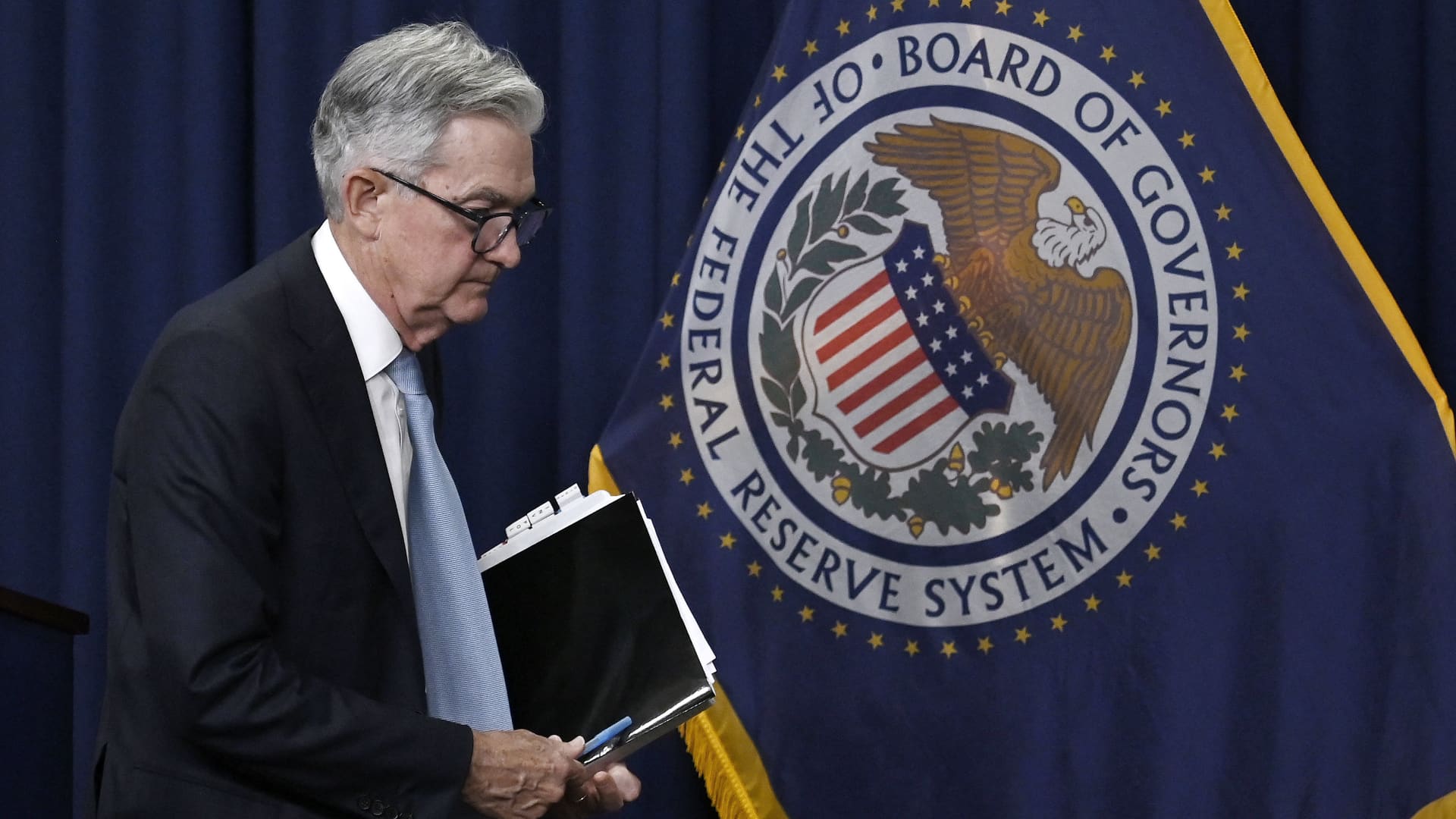Finance
The creator of the Sahm rule doesn’t think the Fed needs an emergency rate cut


The US Federal Reserve does not need to make an emergency rate cut despite recent weaker-than-expected economic data, said Claudia Sahm, chief economist at New Century Advisors.
Speaking to CNBC ‘Street Signs Asia’, Sahm said: ‘We don’t need an emergency reduction. As far as we know right now, I don’t think there’s anything that will make that necessary.”
However, she said there is a good case for a 50 basis point cut, adding that the Fed should “scale back” its restrictive monetary policy.
While the Fed is deliberately putting downward pressure on the US economy through interest rates, Sahm warned that the central bank must be vigilant and not wait too long to cut rates as it takes a long time for interest rate changes to ripple through the economy.
‘The best case is that they start to relax gradually, in advance. So what I’m talking about is the risk [of a recession]and I still feel that this risk exists,” she said.
Sahm was the economist who introduced the so-called Sahm Rule, which states that the early stages of a recession begin when the three-month moving average of the U.S. unemployment rate is at least half a percentage point higher than the 12-month low.
Lower-than-expected production figures and higher-than-expected unemployment fueled fears of a recession and led to a rout on global markets early this week.
The US employment rate was 4.3% in July, exceeding the 0.5 percentage point threshold. The indicator is widely recognized for its simplicity and its ability to quickly indicate the onset of a recession, and has always indicated a recession in cases dating back to 1953.
When asked if the U.S. economy is in a recession, Sahm said no, although she added that there is “no guarantee” about where the economy will go next. If there is a further weakening, it could enter a recession.
“We need to see the labor market stabilize. We need to see growth level off. The slowdown is a real problem, especially if what July showed us holds: that pace worsens.”











